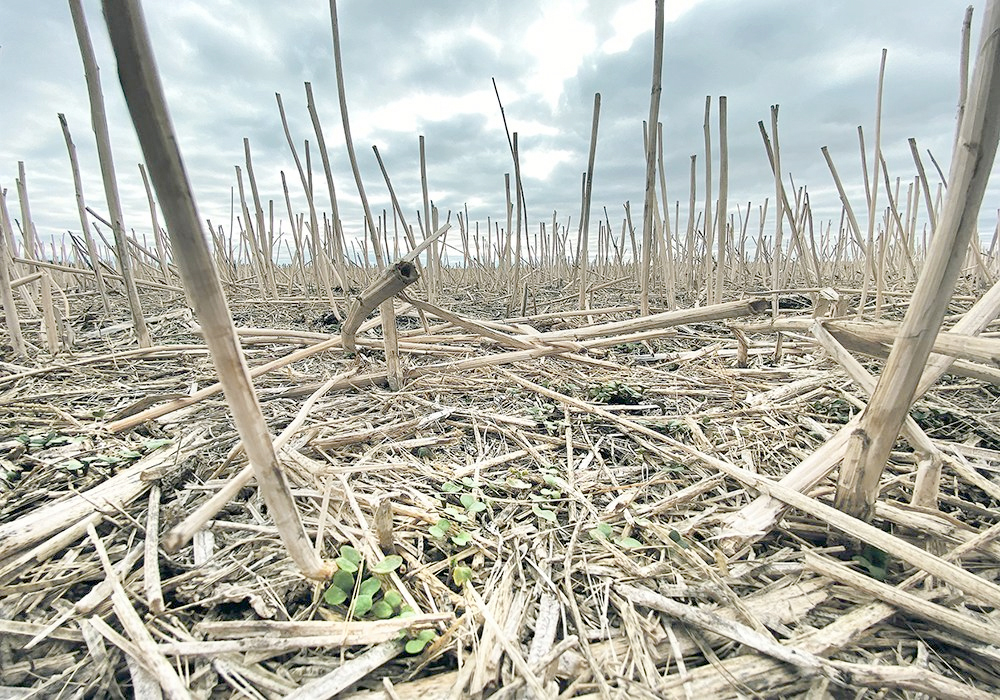ST JEAN BAPTISTE, Man. — Get clipping.
That was the advice from Chris Manchur, a plant pathologist with the Canola Council of Canada, as he brandished a set of gardening shears before Red River Valley farmers.
“I brought my own shears right here,” said Manchur.
“This is one of your best tools as an agronomist or a grower.”
Manchur said stubble clipping is an important way to catch blackleg, verticillium and even clubroot infections before they become a problem.
If farmers clip canola stubble “between the root and the shoot… you’ll be able to tell a lot from what it shows in the cross-section of that stem.”
Read Also

Organic farmers urged to make better use of trade deals
Organic growers should be singing CUSMA’s praises, according to the Canadian Chamber of Commerce.
Farmers can use stubble clipping to get their own eyeballed sense of whether they’re facing certain diseases. They can also have their stubble tested for infection, a practice Manchur recommends as an early-warning system.
Blackleg is a longstanding but worsening canola production problem in Western Canada. Verticillium has appeared and is spreading. Clubroot is a grave risk to canola production and appears to be steadily spreading.
“Knowing what you have in your field is an essential first step to… managing that problem,” said Manchur.
A stubble test done in a lab can show not only if a field contains blackleg but also reveal which specific race of the disease the stubble contains.
That allows the farmer to choose a variety that will be most resistant to that race of blackleg. If clubroot is present, future canola crops should use seed from resistant varieties.
“You need as much information as possible at the right times to be able to make those decisions,” said Manchur.
Fall stubble testing is ideal because that allows a farmer lots of time to ponder the results and make decisions for coming crop years.
















